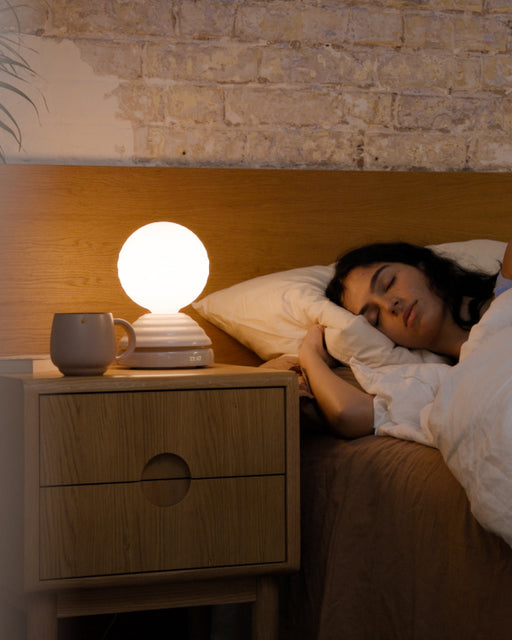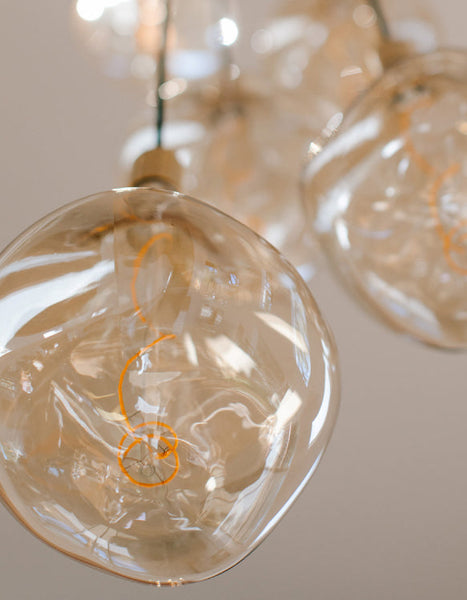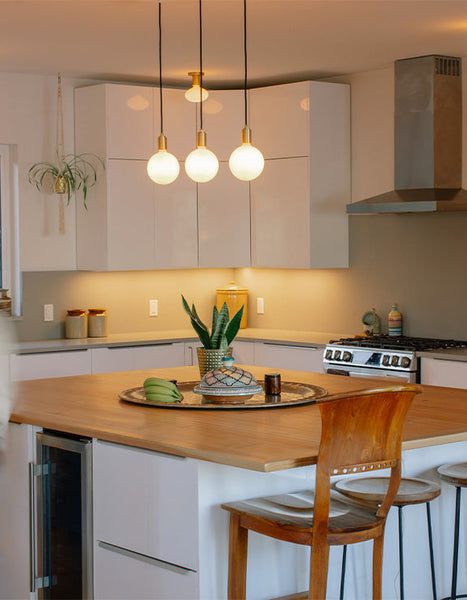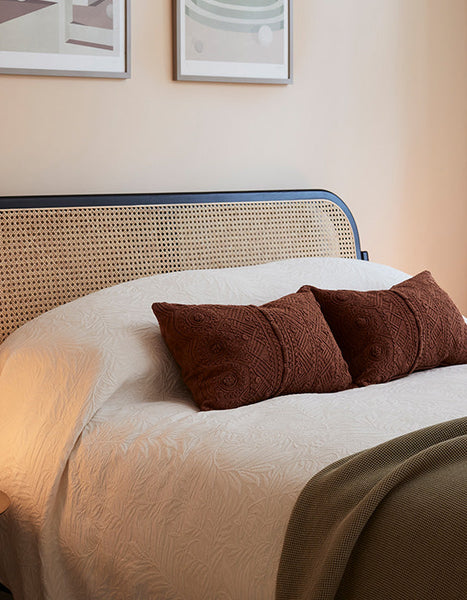Going Zero

With COP26 fresh in our minds, our commitment to going net zero carbon has never been stronger.
Tala is rooted in promoting energy efficiency. Now, we appreciate it may not be the sexiest of the climate change solutions out there, but we think it’s a worthy part of the puzzle.
Designing beautiful LED’s doesn’t mean we are a completely ‘green’ company, or that we haven’t got a long road ahead to be more circular and reduce our global impact. However, lighting does have a part to play, both in acknowledging E-Waste from linear production models and in helping to reduce overall energy demand from our grids. Some key facts to bear in mind are:
- Lighting still accounts for 15% of the global electricity consumption — more than the electricity generated by all the nuclear power stations in the world — and 5% of worldwide greenhouse gas emissions.
- An overnight global transition to highly efficient lighting could avoid more than 800 million metric tons of CO2 emissions, equivalent to displacing 684 coal-fired power plants for a year.
We are firm believers that businesses have a major role to play, which is why we recently signed the SME Climate Commitment, but we also plan to go a lot further and faster on some immediate objectives, including:
Eliminate plastic in our products and supply chain
Our design team have been throwing everything at this challenge. Shipping delicate glass objects internationally and trying to convince entrenched players along the value chain is no easy feat, but we have managed to galvanise around a common purpose. We are pleased to say that 90% of all new Tala packaging going into production will be plastic free.

Measurement tracking and offsetting our transport emissions
We have a tracking system in place now for sea and air shipments globally. Measurement is the first step in our journey to reduce impacts. Tala has reduced air shipping down to 2.7% of total logistics. This year to date, we have transported 155tons of goods with a carbon footprint of 56.1 TC02e, resulting in an offset process to account for this. We certainly don’t think offsets are the full solution, but the fact we are measuring and taking action on our shipping is a necessary step forward.

Tackle E-waste with ‘Right to Repair’ products
You may have seen this hit the headlines recently, but what does it mean? The global generation of e-waste grew by 9.2 Mt since 2014 and is projected to grow to 74.7 Mt by 2030 – almost doubling in only 16 years (see here for a summary of the problem). A good chunk of portable LED designs on the market use integrated LEDs, so once modules die there is a high chance the item will end up in landfill. Instead of throwing items away or sending them back to factories, at-home repairs can be made to extend the life of our products.
At its core, the ‘right to repair’ movement encourages and requires manufacturers to design for repairability. Repairability, has been a long-term belief of Tala and that’s why 0% of our designs feature integrated LED’s or modules that can’t be replaced at home. The humble light bulb is more relevant than ever to ecological home lighting.
Our recent venture into portable lighting with the release of The Muse also highlighted how important it is to reduce the chances of electronic waste. Find out more about The Muse design here.

It is plainly obvious that we’re in the middle of a climate emergency – the science has been clear for decades – and sometimes it isn’t clear whether to laugh or cry.
This video posted on Greta Thunberg’s feed epitomises that feeling and we think is worth a watch.
Team Tala



